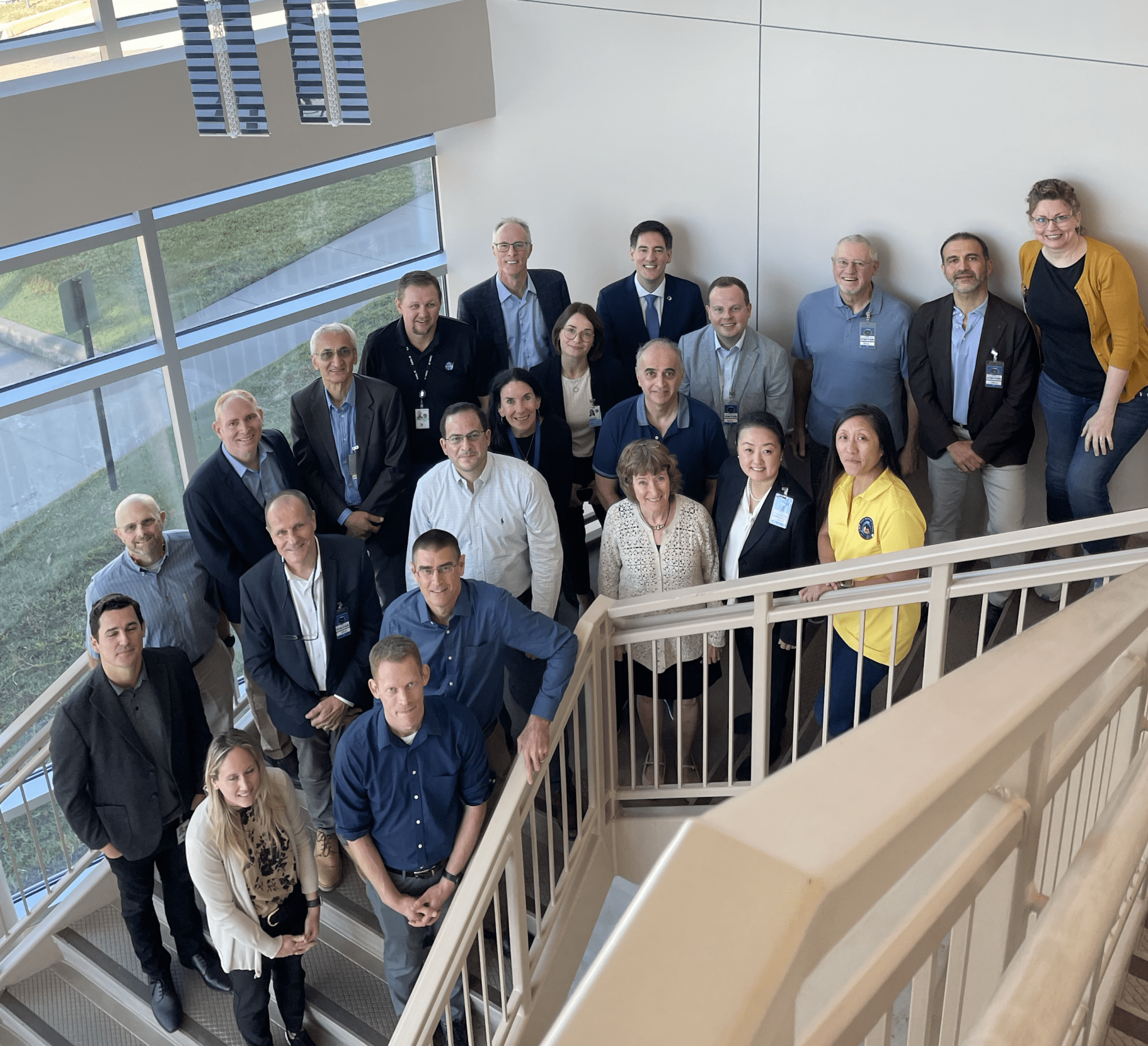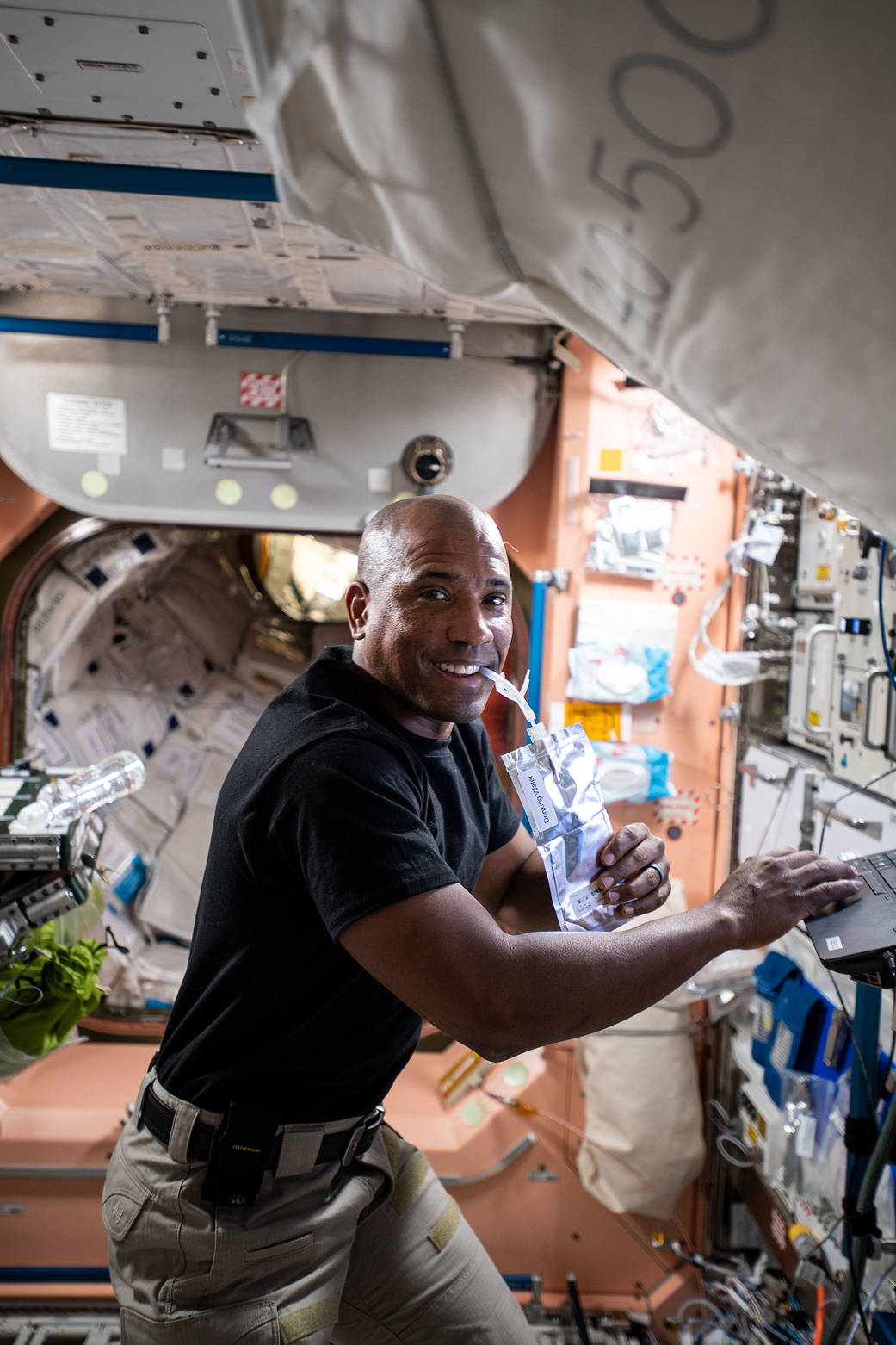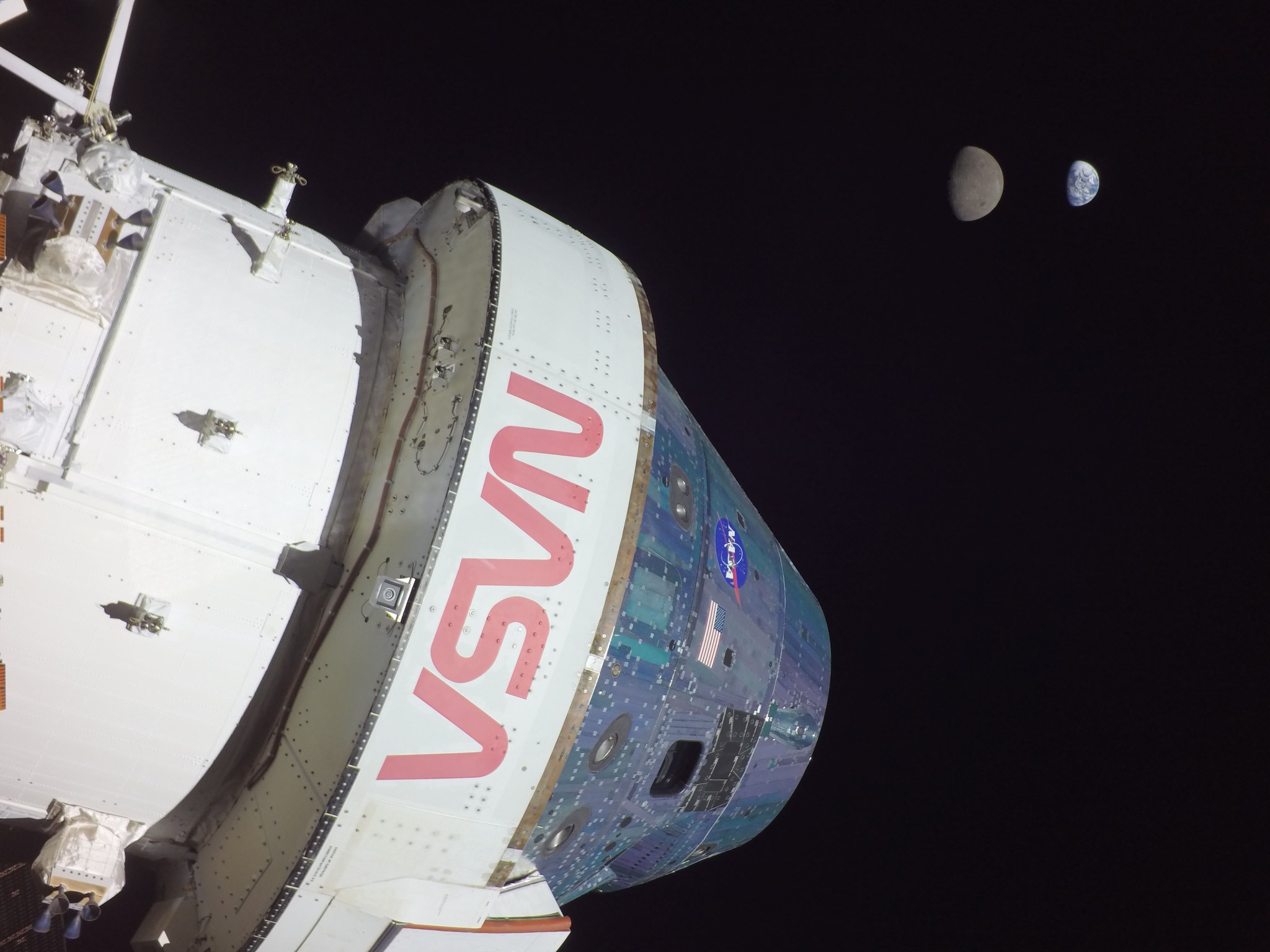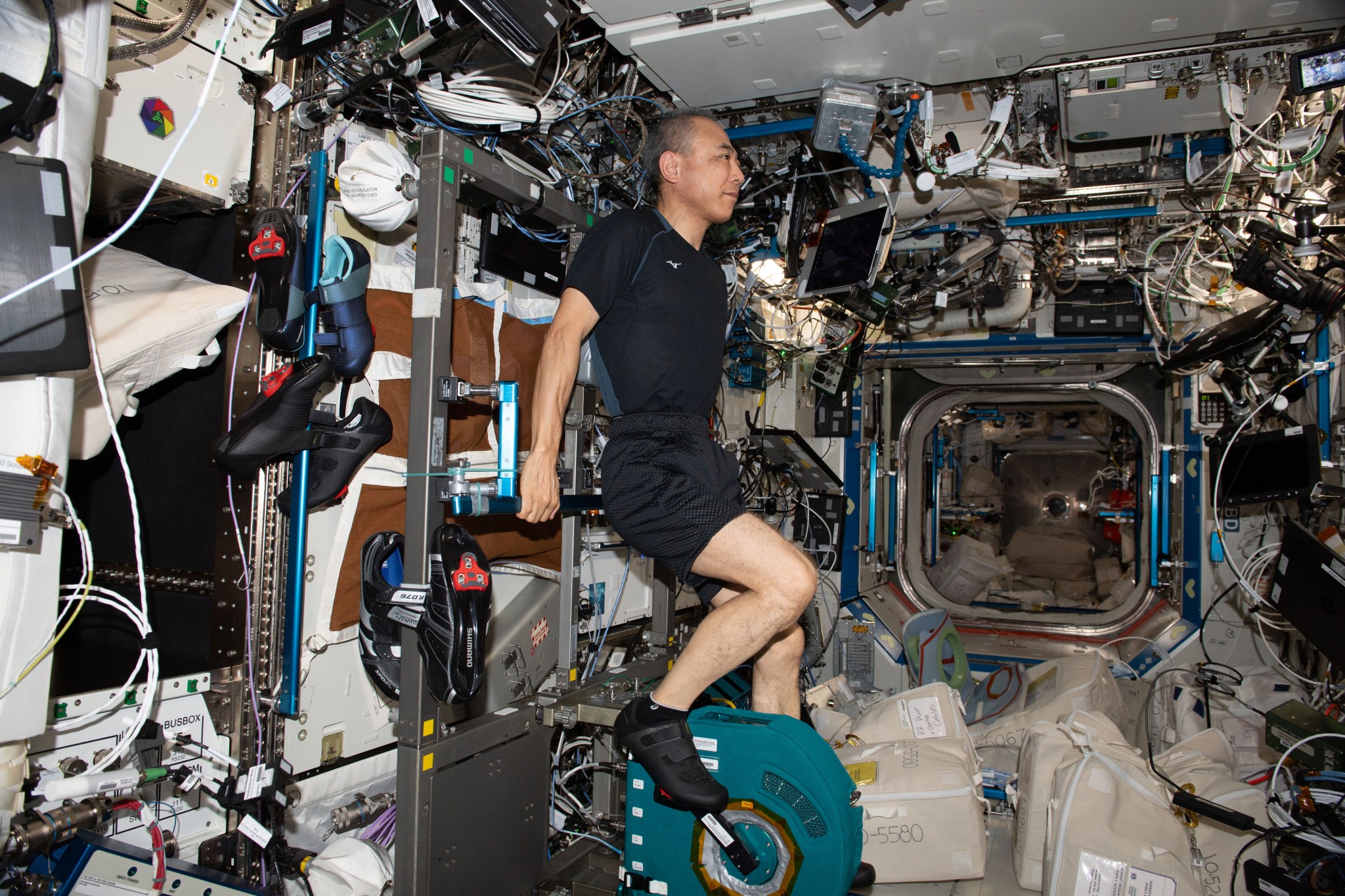5 min read Preparations for Next Moonwalk Simulations Underway (and Underwater) In-person participants (L-R) – Back row: Jason Lytle, Stuart Lee, Eric Bershad, Ashot Sargsyan, Aaron Everson, Philip Wells, Sergi Vaquer Araujo, Steven Grover, John A. Heit, Mehdi Shishehbor, Laura Bostick; Middle row: Sarah Childress Taoufik, Stephan Moll, Brandon Macias, Kristin Coffey, Ann-Kathrin Vlacil, Dave Francisco; Front row: James Pavela, Doug Ebert, Kathleen McMonigal, Esther Kim, Emma Hwang; Not pictured: Tyson Brunstetter, J. D. PolkOnline participants: Stephen Alamo, Mark Crowther, Steven Nissen, Mark Rosenberg, Jeffrey Weitz, R. Eugene Zierler, Serena…
Read MoreTag: Human Health and Performance
Human System Risk Board
6 min read Preparations for Next Moonwalk Simulations Underway (and Underwater) Risks Concept Risk is inherent in human spaceflight. However, specific risks can and should be understood, managed, and mitigated to reduce threats posed to astronauts. Risk management in the context of human spaceflight can be viewed as a trade-based system. The relevant evidence in life sciences, medicine, and engineering is tracked and evaluated to identify ways to minimize overall risk to the astronauts and to ensure mission success. The Human System Risk Board (HSRB) manages the process by which…
Read MoreHydrogen Sulfide (H2S) Independent Assessment
3 min read Preparations for Next Moonwalk Simulations Underway (and Underwater) AS16-116-18653 (23 April 1972) — Astronaut Charles M. Duke Jr., Apollo 16 lunar module pilot, stands at a big rock adjacent (south) to the huge “House Rock” (barely out of view at right edge). Note shadow at extreme right center where the two moon-exploring crew members of the mission sampled what they referred to as the “east-by-west split of House Rock” or the open space between this rock and “House Rock”. At their post-mission press conference, the crewmen expressed…
Read MoreAssessment of PFO as Related to DCS in the Spaceflight Environment and During Ground Testing
6 min read Preparations for Next Moonwalk Simulations Underway (and Underwater) In-person participants L-R standing: Dave Francisco, Joanne Kaouk, Dr. Richard Moon, Dr. Tony Alleman, Dr. Sean Hardy, Sarah Childress, Kristin Coffey, Dr. Ed Powers, Dr. Doug Ebersole, Dr. Steven Laurie, Dr. Doug Ebert; L-R seated: Dr. Alejandro Garbino, Dr. Robert Sanders, Dr. Kristi Ray, Dr. Mike Gernhardt, Dr. Joseph Dervay, Dr. Matt Makowski). Not pictured: Dr. Caroline Fife In June 2024, the NASA Office of the Chief Health and Medical Officer (OCHMO) Standards Team hosted an independent assessment working…
Read MoreHuman Adaptation to Spaceflight: The Role of Food and Nutrition
3 min read Preparations for Next Moonwalk Simulations Underway (and Underwater) Expedition 64 Flight Engineer Victor Glover of NASA sips on a water bag. The latest book marks our third effort to review available literature regarding the role of nutrition in astronaut health. In 2009, we reviewed the existing knowledge and history of human nutrition for spaceflight, with a key goal of identifying additional data that would be required before NASA could confidently reduce the risk of an inadequate food system or inadequate nutrition to as low as possible in…
Read MoreArtemis I Radiation Measurements Validate Orion Safety for Astronauts
On flight day 13, Orion reached its maximum distance from Earth during the Artemis I mission when it was 268,563 miles away from our home planet. Orion has now traveled farther than any other spacecraft built for humans. Credit: NASA NASA’s Orion spacecraft is designed to keep astronauts safe in deep space, protecting them from the unforgiving environment far from Earth. During the uncrewed Artemis I mission, researchers from NASA, along with several collaborators, flew payloads onboard Orion to measure potential radiation exposure to astronauts. Radiation measurements were taken inside…
Read MoreNASA Life Sciences Portal (NLSP)
1 min read Preparations for Next Moonwalk Simulations Underway (and Underwater) NASA astronaut Steve Swanson harvests a crop of red romaine lettuce plants aboard the International Space Station. Grown from seeds in the Veggie facility, this crop is part of the Veg-01 study to help researchers test and validate the Veggie hardware. NASA NASA Life Sciences Portal (NLSP) The NASA Life Sciences Portal (NLSP) is the gateway to discovering and accessing all archive data from investigations sponsored by NASA’s Human Research Program (HRP). The HRP conducts research and develops technologies…
Read MoreAstronaut Exercise
Science in Space: May 2024 Future missions to the Moon and Mars must address many challenges, including preventing loss of bone and muscle tissue in astronauts. Research on the International Space Station is helping to address this challenge. Without Earth’s gravity, both bone and muscle atrophy, or become smaller and weaker. Early on, scientists realized that exercise is a critical part of maintaining healthy bones and muscles in space, just as it is on Earth. From simple elastic bands on early missions, exercise hardware has become increasingly advanced. Current equipment…
Read More






